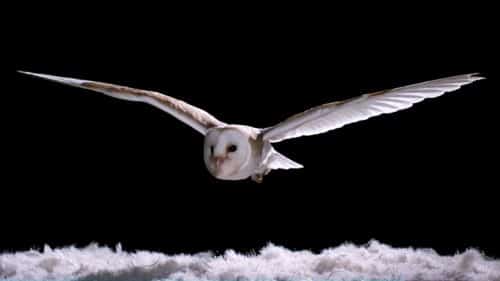In the heart of Thailand’s mangrove forests, a remarkable spectacle unfolds each night—a phenomenon that captures both the imagination of nature enthusiasts and the curiosity of biologists. This is the world of synchronizing fireflies, where thousands of these luminescent insects flash in perfect harmony, creating a living tapestry of light against the dark forest canopy.
Firefly synchronization is a natural phenomenon that has fascinated scientists and nature lovers alike for generations. These tiny creatures, known for their enchanting glow, possess a unique ability to synchronize their flashing patterns. But how do they achieve this remarkable feat? The answer lies in their biology and environment. Fireflies communicate through their bioluminescent flashes, which serve as signals to attract mates. In densely populated areas, like the mangrove forests of Thailand, individual fireflies adjust their timing in response to the flashes of others, eventually leading to a collective synchronization of thousands of lights.
In an innovative experiment, researchers have taken this natural wonder to a new level by introducing technology into the mix. By using computer-controlled LED lights that mimic the natural flashes of fireflies, scientists have successfully synchronized artificial light with the fireflies’ bioluminescent displays. This fusion of nature and technology not only creates a mesmerizing visual experience but also aids in understanding the complex communication systems among fireflies.
The setup involves strategically placed LED lights in the mangrove areas. These lights are programmed to emit flashes that closely replicate the timing and intensity of firefly signals. Initially, the fireflies perceive these LEDs as part of their natural environment and begin to adjust their flashes accordingly. Over time, the synchronization extends throughout the firefly population, resulting in a captivating display where nature and technology dance in unison.
The synchronization of fireflies is more than just a visual spectacle; it holds scientific significance as well. For biologists, it provides insight into collective behavior, communication networks, and the evolutionary advantages of synchronization in animal species. For nature enthusiasts, it offers a rare glimpse into the interconnectedness of ecosystems and the delicate balance that exists within them.
Synchronizing fireflies play a crucial role in maintaining the ecological balance within their habitats. Their synchronized displays help ensure successful mating, contributing to the continuation of their species. Observing these displays in a natural setting underscores the importance of preserving such environments.
For those fortunate enough to witness this phenomenon firsthand, the experience is nothing short of magical. The rhythmic pulsing of lights, set against the backdrop of the tranquil mangrove forest, creates a sense of wonder and connection to the natural world.
If you find yourself intrigued by the wonders of firefly synchronization and the intersection of nature and technology, consider planning a visit to Thailand’s mangrove forests. Here, you’ll have the opportunity to immerse yourself in this breathtaking display and gain a deeper appreciation for the intricate dance of life that unfolds each night.
The synchronization of fireflies is a testament to the wonders of nature and the potential for technology to enhance our understanding of the natural world. Whether you are a biologist studying these phenomena or a nature enthusiast captivated by their beauty, the dance of synchronizing fireflies is a reminder of the magic that surrounds us every day. Experience it, cherish it, and take a moment to reflect on the intricate patterns of life that exist beyond our everyday perceptions.











